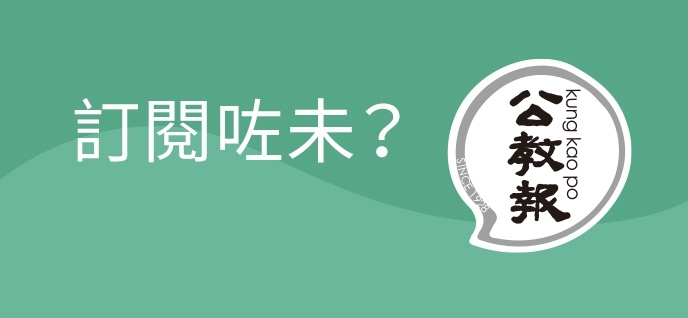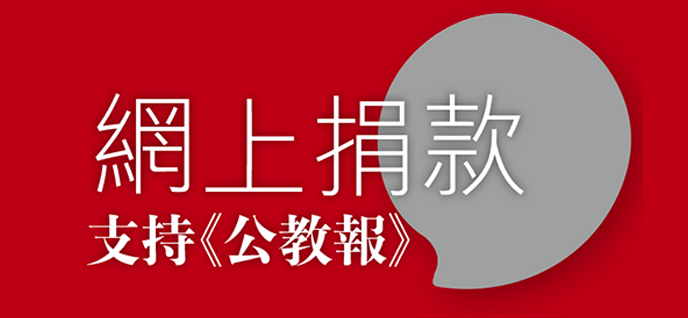
Spick and span
You might already have felt the strong festive atmosphere of Chinese New Year, which is approaching in about two weeks’ time. During this preparation time, sweeping the house is a must-do traditional activity for Chinese families. The cleaning is meant to sweep away all the bad luck experienced in the previous year so as to have an auspicious start for the new year. Thus, every house is kept “spick and span” – spotlessly clean and tidy.
The idiom “spick and span” originally appeared as “spick and span new” in Thomas North’s English translation of the biographies written by the Greek essayist, Plutarch, in 1579. It meant “ brand-new ” only during that time.
“They were all in goodly gilt armours, …, spicke, and spanne newe.”
Some scholars think that the long version may come from an old Dutch word “spikspeldernieuw”, which literally means “as new as a spike from the fire and a chip from a wood block”.
The modern version was first used in the diaries written by a British naval administrator in 1665.
“My Lady Batten walking through the dirty lane with new spick-and-span ( 整潔的) white shoes.”
The alliteration (i.e. both “spick” and “span” begin with the same consonant sound) phrase has changed to the modern meaning for something which is so clean that it looks entirely new.
In early 20th century, the saying was modified by a manufacturer of household products as a major trademark of cleaners in the USA.
|
Auspicious
|
吉祥的
|
|
Spotlessly clean
|
一塵不染
|
|
Brand-new
|
嶄新的
|
|
Spike
|
尖鐵
|
|
Chip
|
薄木片
|
|
Alliteration
|
頭韻
|
|
Manufacturer
|
製造商
|
|
Trademark
|
商標
|






